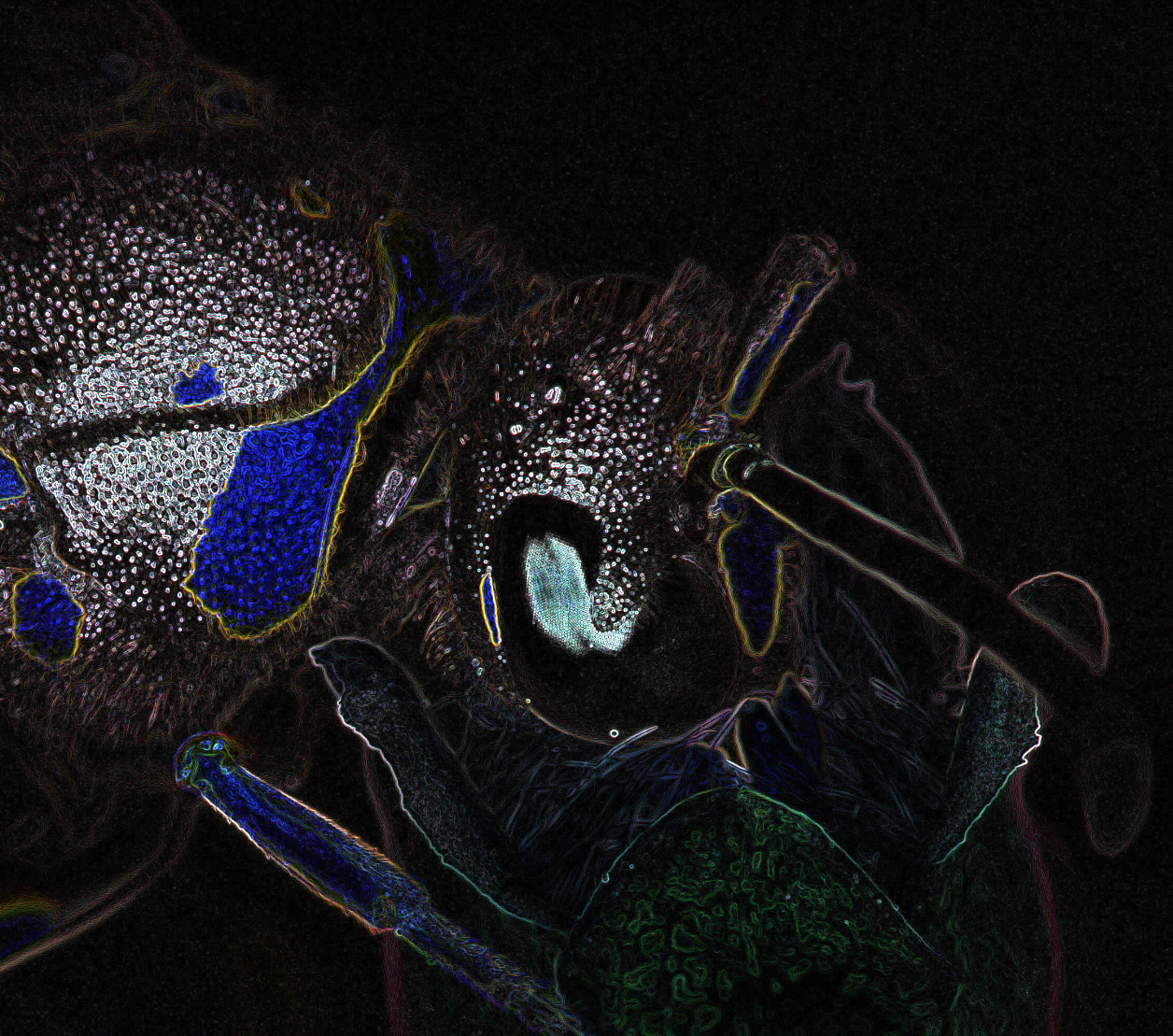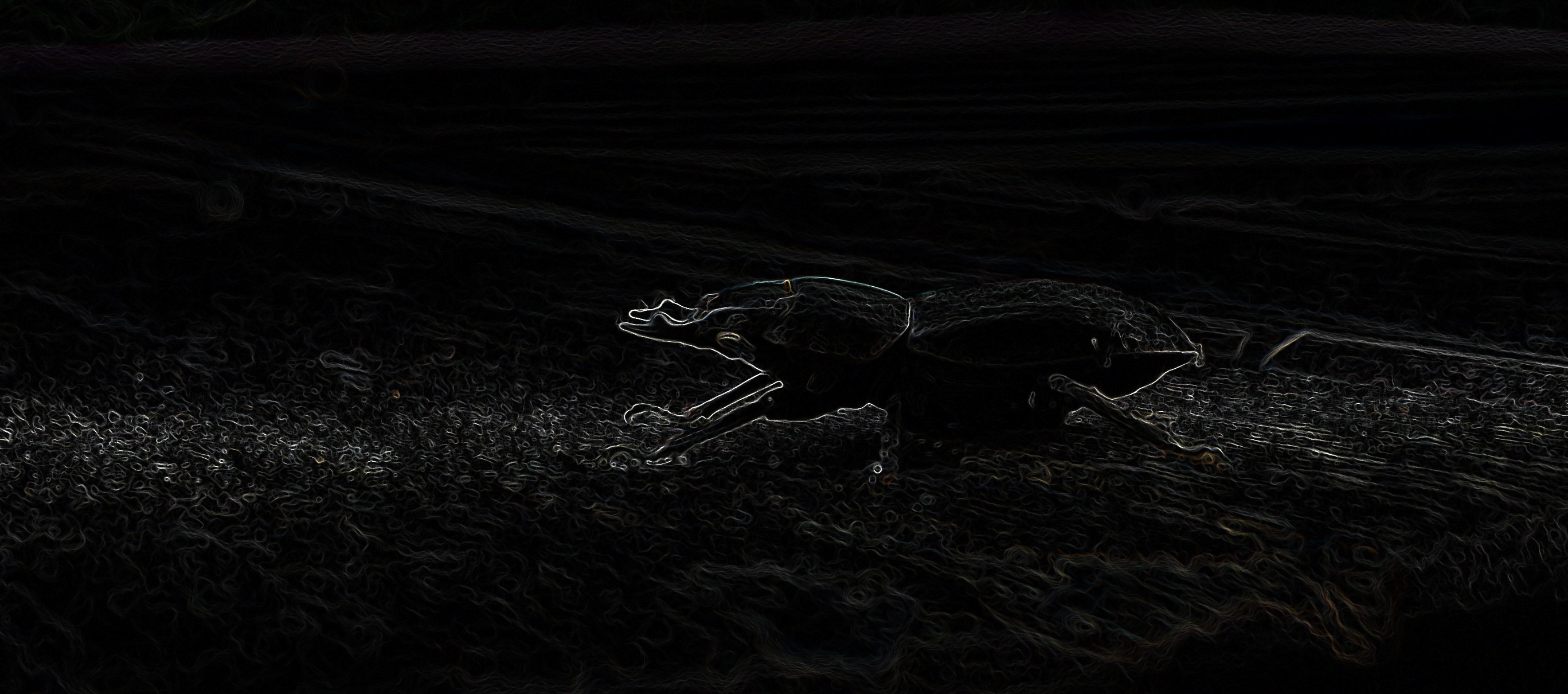

This isn’t properly calculated though. They only count the actual laser energy inside the reacttvs output. They don’t account for the huge amount of energy thatch’s needed to run the lasers in the first place or the rest of the facility. It’s nowhere near putting out more energy than it consumes and it’s also a reactor for nuclear weapons testing so they don’t really try to produce energy anyway.




Because nobody wants to sell this?